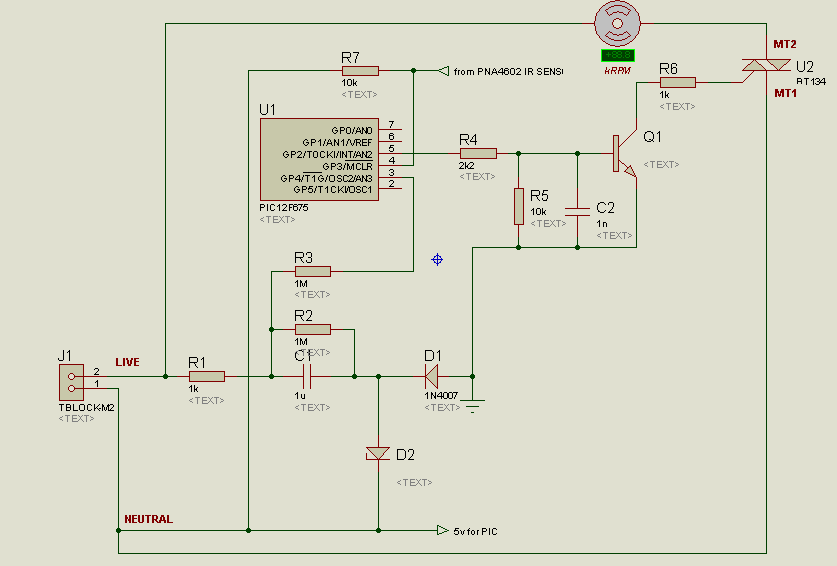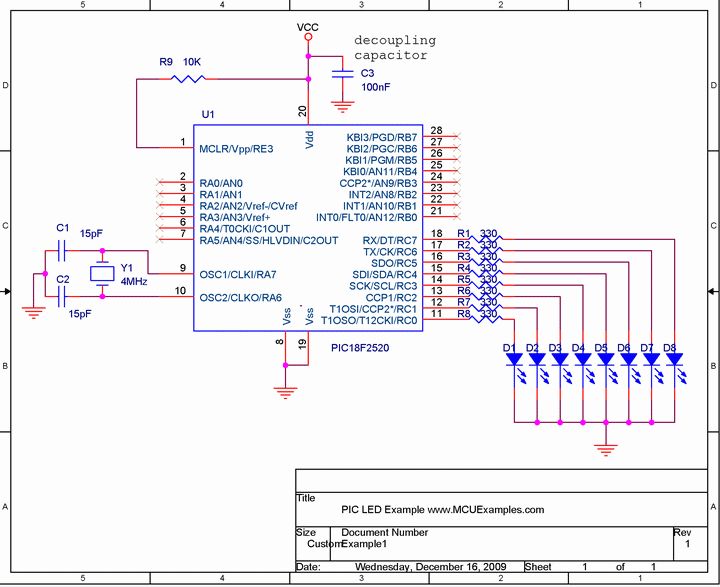
MICRO FM Bug

The circuit consists of three stages, an electret microphone, an audio amplifier and an RF oscillator. The electret microphone consists of only two parts - a FET transistor and a plastic diaphragm. There is nothing else inside the case. The 3-leaded FET has an input, output and earth lead. The mylar diaphragm has been permanently charged with a static charge and this is one of the secrets of the operation of the microphone. The FET transistor has a very high input impedance and because it is an active device, we call it a stage. The gain of this device is extremely high because it is able to amplify the charges from a charged surface to produce an output in the millivolt range.
The circuit described integrates three fundamental components to facilitate audio signal processing and transmission. The electret microphone serves as the initial stage, where sound waves are converted into electrical signals. This microphone employs a field-effect transistor (FET) that is crucial for its operation. The diaphragm, typically made of mylar, is pre-charged, allowing it to respond to acoustic pressure variations. When sound waves hit the diaphragm, it vibrates, causing variations in capacitance that the FET converts into an electrical signal. The FET, with its high input impedance, ensures minimal loading on the diaphragm, preserving the fidelity of the audio signal.
Following the microphone stage, the audio amplifier boosts the low-level signals produced by the FET. This amplifier stage typically consists of one or more transistor configurations that provide necessary gain while maintaining signal integrity. The design may include passive components like resistors and capacitors to filter noise and stabilize the gain.
The final stage of the circuit is the RF oscillator, which modulates the amplified audio signal onto a carrier frequency for transmission. This stage can utilize various oscillator designs, such as Colpitts or Hartley oscillators, depending on the desired frequency stability and output characteristics. The RF oscillator's output can be coupled to an antenna for wireless transmission of the audio signal, enabling applications in communication systems and audio broadcasting.
Overall, this circuit exemplifies the integration of audio sensing, amplification, and transmission, showcasing a fundamental approach to electronic audio systems.The circuit consists of three stages, an electret microphone, an audio amplifier and an RF oscillator. The electret microphone consists of only two parts - a FET transistor and a plastic diaphragm. There is nothing else inside the case. The 3-leaded FET has an input, output and earth lead. The mylar diaphragm has been permanently charged with a static charge and this is one of the secrets of the operation of the microphone.
The FET transistor has a very high input impedance and because it is an active device, we call it a stage. The gain of this device is extremely high because it is able to amplify the charges from a charged surface to produce an output in the millivolt ra
🔗 External reference
The circuit described integrates three fundamental components to facilitate audio signal processing and transmission. The electret microphone serves as the initial stage, where sound waves are converted into electrical signals. This microphone employs a field-effect transistor (FET) that is crucial for its operation. The diaphragm, typically made of mylar, is pre-charged, allowing it to respond to acoustic pressure variations. When sound waves hit the diaphragm, it vibrates, causing variations in capacitance that the FET converts into an electrical signal. The FET, with its high input impedance, ensures minimal loading on the diaphragm, preserving the fidelity of the audio signal.
Following the microphone stage, the audio amplifier boosts the low-level signals produced by the FET. This amplifier stage typically consists of one or more transistor configurations that provide necessary gain while maintaining signal integrity. The design may include passive components like resistors and capacitors to filter noise and stabilize the gain.
The final stage of the circuit is the RF oscillator, which modulates the amplified audio signal onto a carrier frequency for transmission. This stage can utilize various oscillator designs, such as Colpitts or Hartley oscillators, depending on the desired frequency stability and output characteristics. The RF oscillator's output can be coupled to an antenna for wireless transmission of the audio signal, enabling applications in communication systems and audio broadcasting.
Overall, this circuit exemplifies the integration of audio sensing, amplification, and transmission, showcasing a fundamental approach to electronic audio systems.The circuit consists of three stages, an electret microphone, an audio amplifier and an RF oscillator. The electret microphone consists of only two parts - a FET transistor and a plastic diaphragm. There is nothing else inside the case. The 3-leaded FET has an input, output and earth lead. The mylar diaphragm has been permanently charged with a static charge and this is one of the secrets of the operation of the microphone.
The FET transistor has a very high input impedance and because it is an active device, we call it a stage. The gain of this device is extremely high because it is able to amplify the charges from a charged surface to produce an output in the millivolt ra
🔗 External reference





